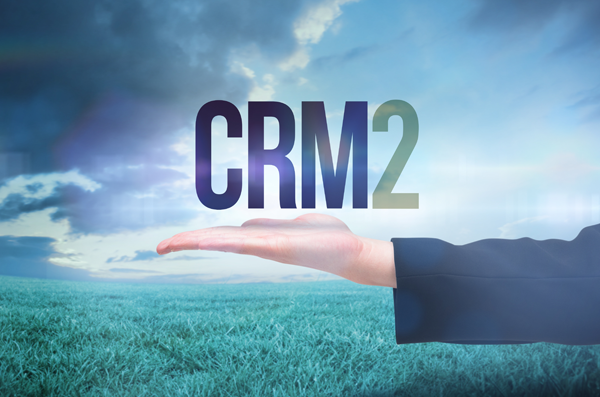A Brief Overview of the Client Relationship Model (CRM)
The “Client Relationship Model” (CRM) is a series of initiatives that touch on every aspect of the relationship between investors and participants (including dealers and advisors) in the investment industry. Through CRM, investors will get clear, thorough, easier-to-understand information on fees and performance. By giving investors the information to be better informed, they can have more meaningful conversations with their advisors. CRM will address any concerns that have been raised about disclosure to investors of costs and performance of securities.
Below is a summary of the development and implementation of the phases of CRM:
CRM is part of a journey that began in 1995 with the Stromberg report, which has led to regulatory improvements in a wide range of areas, including the creation of the Mutual Fund Dealers Association of Canada (MFDA).
CRM1
CRM1 came into force in September 2009. Before then there was no detailed, written disclosure requirement governing key aspects of the relationship between the dealer/advisor and the investor. Many firms did provide disclosure but there was variation in practices across the industry, and not all disclosure was provided in a single document. CRM1 harmonized registration requirements across the securities industry and required each firm to create one standard document – the Relationship Disclosure Document – that clearly sets out the key issues in the relationship, including the types of products that are sold, how suitability is determined, obligations of the dealer, responsibilities of the investor, compensation, conflict of interest, proficiency requirements and dispute resolution.
The consistent level of disclosure mandated through CRM provides investors with clearer, simpler information that is easier to understand. This has positively influenced advisors’ conversations with clients when they open or review accounts.
CRM2
The second phase of changes, known as “CRM2”, was finalized in July 2013. These changes further enhance the advisor-investor relationship, in particular through an enhanced client reporting requirement that came into effect in July 2016. Once this requirement is fully implemented in 2017, each investor’s statement will show, in dollar amounts, all costs paid to the dealer firm associated with the investor’s account. On the performance side, investors will see how their investments have performed – in dollar terms – since they started to invest and their personal rate of return over several time periods.
By enhancing the disclosure of costs and the performance of the account, investors will have important information to help shape conversations with their advisors regarding the service and outcome they are receiving, and the specific costs involved.
To learn more about CRM2, check out our Continuing Education course Client Relationship Model Phase 2 (CRM2).

